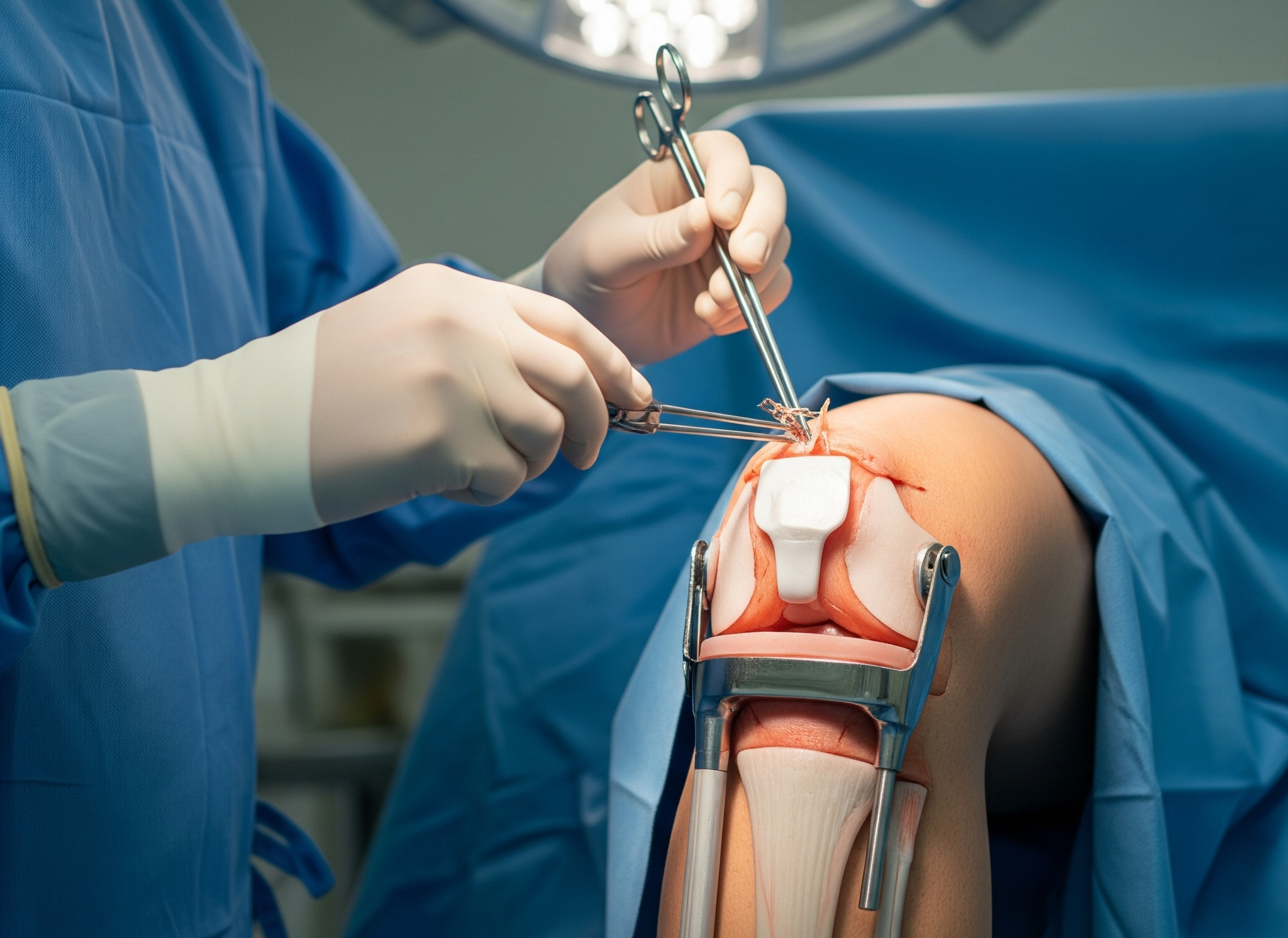Is Exosomes Hair Therapy in Islamabad Suitable for Men and Women?
Hair loss is a widespread concern affecting both men and women, often leading to psychological distress and reduced self-confidence. Traditional solutions like medications, topical treatments, and surgical procedures have their merits, but regenerative therapies are gaining momentum for their minimally invasive and biologically advanced approach. Among them, Exosomes Hair Therapy In Islamabad has emerged as a promising treatment that addresses hair loss at the cellular level. A common question among patients is whether this therapy is equally effective for both genders.
This article explores the science behind exosomes therapy and assesses its suitability for men and women experiencing hair loss.
Understanding Exosomes Hair Therapy
Exosomes are microscopic vesicles secreted by stem cells. These vesicles contain growth factors, proteins, and genetic material essential for cell communication and tissue regeneration. In the context of hair restoration, exosomes are injected into the scalp to stimulate dormant hair follicles, promote blood flow, and support hair regrowth. This method bypasses the limitations of traditional treatments by targeting the root cause of hair follicle miniaturization and degeneration.
Unlike PRP (Platelet-Rich Plasma) which uses the patient’s own blood, exosomes are derived from lab-processed donor stem cells, offering a highly concentrated and potent regenerative formula.
How Hair Loss Differs in Men and Women
Before assessing the treatment’s suitability, it’s important to understand how hair loss manifests differently in men and women:
In Men:
- Most men experience androgenetic alopecia (male pattern baldness), often characterized by a receding hairline and thinning at the crown.
- The role of dihydrotestosterone (DHT), a derivative of testosterone, is strongly linked to hair follicle shrinkage.
- Hair loss in men tends to be more defined and progressive.
In Women:
- Women experience diffuse thinning across the scalp, particularly around the crown and central parting.
- Female pattern hair loss often has hormonal links, including conditions like polycystic ovary syndrome (PCOS), menopause, or thyroid dysfunction.
- Hair loss in women can also be exacerbated by stress, nutritional deficiencies, or post-pregnancy changes.
These differences highlight the need for a personalized approach in hair loss treatment. Fortunately, exosomes therapy’s mechanism of action allows it to adapt well to the distinct biological patterns seen in both genders.
Why Exosomes Therapy Works for Both Men and Women
Exosomes Hair Therapy offers multiple benefits that make it suitable for both male and female patients:
1. Cellular Regeneration
Exosomes help restore the health of hair follicles by delivering growth factors and proteins that encourage natural regrowth. This cellular-level repair is effective regardless of gender.
2. Hormone-Independent Mechanism
Unlike some treatments that interfere with hormones (e.g., finasteride in men or anti-androgens in women), exosomes therapy works independently of hormonal pathways. This makes it especially beneficial for patients who cannot or prefer not to use hormone-modulating medications.
3. Targeted Application
Because the treatment is injected directly into areas of hair loss, it ensures localized action and minimal systemic exposure. Whether the hair loss is patchy (as in men) or diffuse (as in women), the targeted delivery system makes the treatment effective.
4. Non-Invasive and Minimal Downtime
Patients of both genders often seek non-surgical solutions with minimal recovery periods. Exosomes therapy fulfills this preference, with most patients resuming normal activities on the same day.
5. Safety and Biocompatibility
Since exosomes are processed in sterile laboratory environments and undergo rigorous screening, the risk of adverse reactions is minimal. This is important for female patients who may be more cautious about biocompatibility, particularly during sensitive life stages.
Patient Suitability Criteria
While Exosomes Hair Therapy is broadly suitable for both men and women, certain criteria must be met for optimal results:
- Early to moderate hair loss: The therapy is most effective in patients who still have active, though weakened, hair follicles.
- No active scalp infections: Conditions like dermatitis or psoriasis must be treated prior to undergoing exosomes injections.
- Overall good health: Candidates should not have underlying autoimmune disorders or be on immunosuppressive medications.
- Realistic expectations: Both men and women should understand that while results are promising, outcomes vary and may take a few months to become noticeable.
Your provider will conduct a comprehensive scalp evaluation and medical review to confirm candidacy.
Differences in Treatment Planning Between Genders
For Men:
- Focus may be placed on the frontal hairline and vertex.
- Combined therapies such as PRP or microneedling may be recommended for enhanced results.
- Follow-up sessions might be spaced differently based on the rate of hair loss.
For Women:
- Emphasis is placed on diffuse areas, especially the mid-scalp and crown.
- A nutritional and hormonal review is often included as part of the treatment plan.
- Hair density and volume restoration tend to be more gradual in female patients.
The adaptability of exosomes therapy allows clinicians to tailor the injection sites, frequency, and aftercare according to each patient’s unique needs.
Timeline of Results
Both male and female patients can expect similar timelines:
- Weeks 1–4: Little to no visible change, though cellular repair has begun internally.
- Months 2–3: Reduction in hair shedding and some signs of new growth.
- Months 4–6: Noticeable improvement in density, thickness, and scalp coverage.
- Month 6 onwards: Ongoing maturation of new hair strands and stabilized hair regrowth.
Consistency in follow-up sessions and adherence to post-treatment recommendations are critical for success across all patient profiles.
Integrating with Other Treatments
Exosomes Hair Therapy can be safely combined with other modalities, which may be particularly beneficial for certain genders:
- Minoxidil for men and women, especially when aiming for faster cosmetic improvement.
- Low-Level Laser Therapy (LLLT) as a non-invasive complement.
- Nutritional supplements targeting iron, biotin, or vitamin D deficiencies—more common in women.
- Stress management and lifestyle modifications for holistic hair restoration.
The comprehensive integration of therapies ensures long-term and sustainable outcomes for both genders.
Conclusion
Exosomes Hair Therapy represents a versatile and scientifically advanced solution for individuals suffering from hair loss—irrespective of gender. By targeting the biological factors responsible for follicle degeneration and promoting natural regeneration, this treatment addresses both male and female hair loss patterns effectively. It is safe, minimally invasive, and suitable for patients with different causes and stages of hair thinning.
To determine your eligibility and receive a personalized treatment plan, consult with an expert provider like the SKN Cosmetics clinic, where experienced specialists offer evidence-based care and customized solutions for both men and women facing hair restoration challenges.













